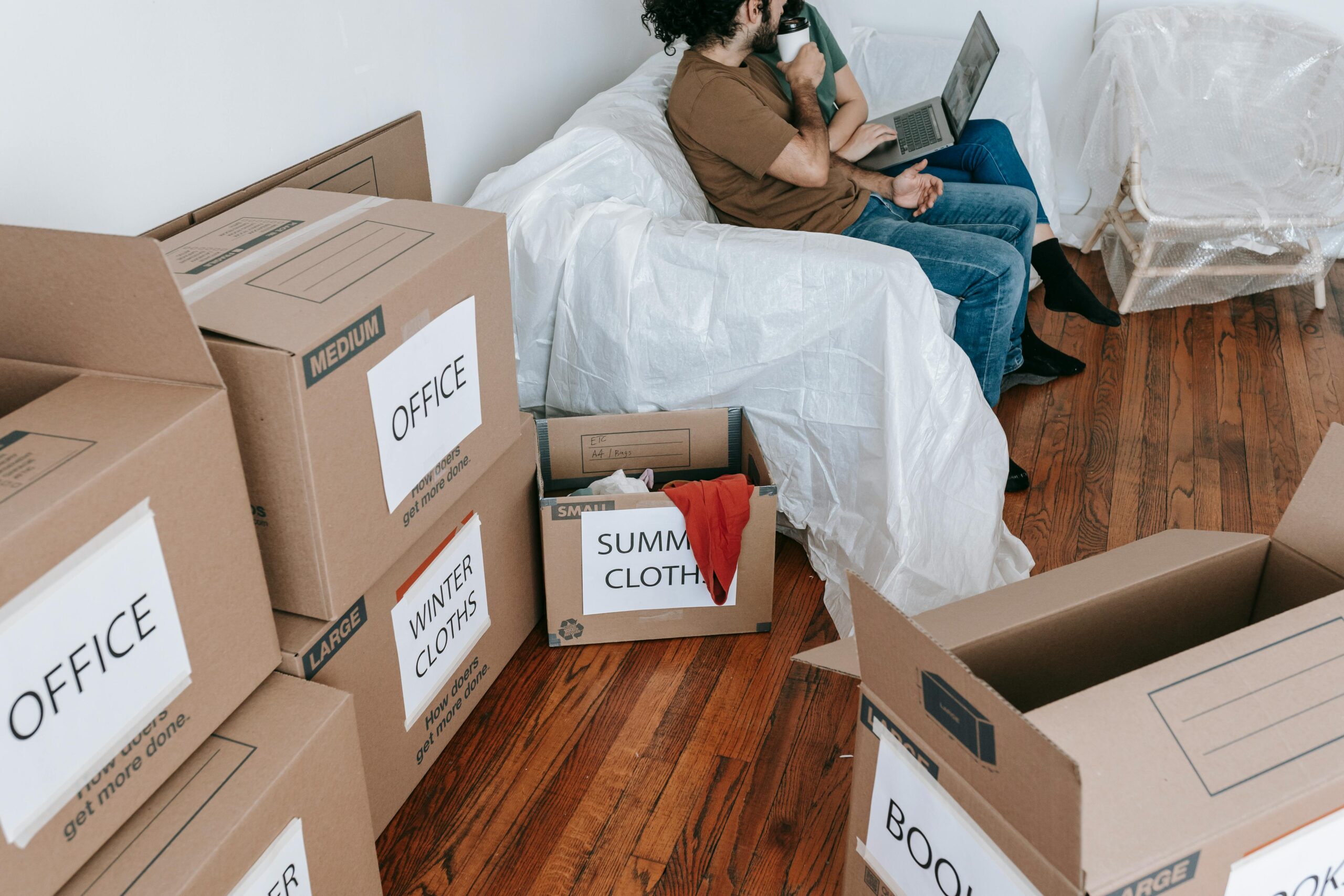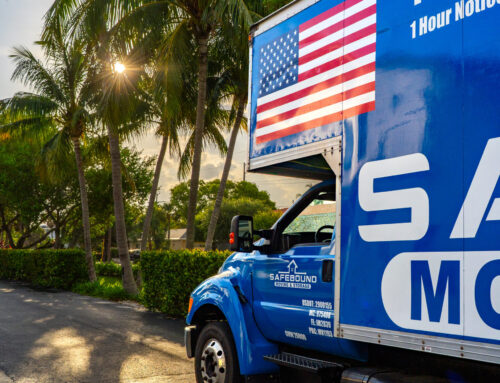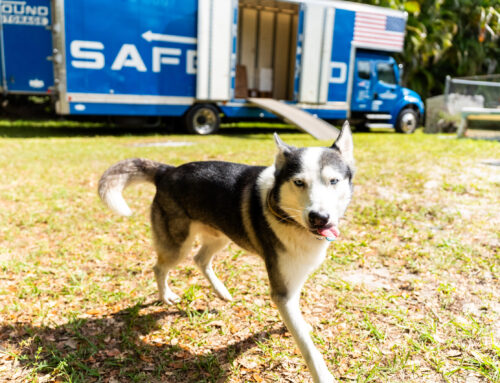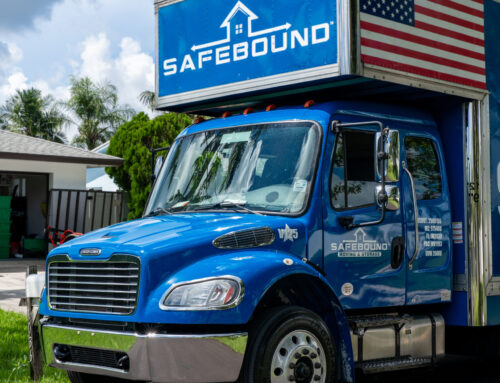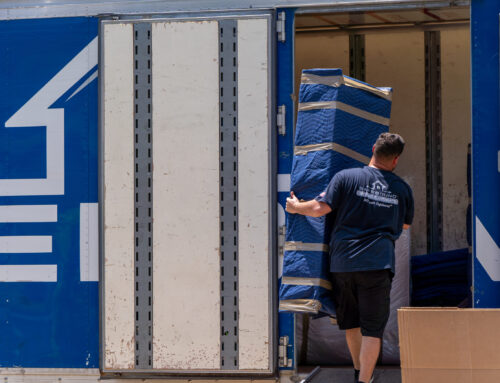Mastering the Art of Moving Box Labeling and Organization
Moving is a whirlwind of emotions, from excitement about a new chapter to the overwhelming dread of labeling, organizing, and packing up your entire life. One of the biggest stressors? Unorganized boxes. Picture this: you’re finally settled into your new place, eager to unpack and make it a home. But every box is a mystery, a treasure hunt gone wrong. Sound familiar?
Let’s face it, disorganized packing can turn a simple move into a chaotic nightmare. From lost essentials to broken valuables, the consequences of haphazard packing can linger long after the moving truck is gone. But fear not, intrepid mover! This guide is your roadmap to conquering the chaos and transforming your move into a smooth, stress-free journey.
We’ll dive deep into the art of box labeling, share clever organization strategies, and equip you with the tools and tips you need to tackle your move with confidence. By the end of this post, you’ll be a packing pro, ready to conquer any move that comes your way.
Let’s get started!
Developing a Labeling System
Okay, let’s get down to business: labeling your boxes. It might sound simple, but trust us, a well-thought-out labeling system can be a lifesaver when you’re surrounded by cardboard chaos.
First things first, you need to decide how detailed you want to get. Some people prefer the simple approach, slapping a “Kitchen” label on every box and figuring it out later. Others thrive on organization and want a detailed inventory of each box’s contents.
No matter your style, you’ll need some basic supplies: markers, pens, or labels, and tape. If you’re feeling fancy (or just want to add a visual element), grab some colored markers or tape too.
The golden rule of labeling? Make it clear and visible. Don’t scribble tiny labels on the top of the box; write large and clear on at least one side. And remember, the sides of the box are your friends! Label them too, so you can easily identify the box no matter how it’s stacked.
Consider using abbreviations or symbols to save time and space. For instance, “K” for kitchen, “B” for bedroom, or “F” for fragile. You can also use symbols like a star for important items or a cup for kitchenware. Just make sure your abbreviations and symbols are consistent across all your boxes.
Another tip: prioritize essential items. If you have a box containing items you’ll need immediately in your new home, label it clearly as “Open First” or “Essentials.” This will save you time and frustration when you’re unpacking.
We’ll dive deeper into specific labeling techniques in the next section, but for now, let’s just say that a little extra effort in labeling can save you a world of frustration later on.
Creating an Inventory
Okay, so you’ve got the labeling basics down. Now, let’s talk about taking your organization to the next level with a detailed inventory. Think of it as insurance for your belongings. Trust us, when you’re staring at a mountain of boxes in your new place, you’ll be so glad you did this.
An inventory is basically a detailed list of everything you pack. It’s like a treasure map to your belongings, helping you keep track of what’s in each box and ensuring nothing gets lost in the shuffle. Plus, it’s a lifesaver if something gets damaged during the move.
How detailed you get is up to you. Some people prefer a simple list of items in each box, while others go all out with photos, descriptions, and even serial numbers. The important thing is to capture enough information to identify your belongings.
You can create your inventory on a spreadsheet, in a notebook, or even with a dedicated app. Whatever method you choose, make sure it’s easy to access and update. And don’t forget to number your boxes and include the box number in your inventory. This way, you can quickly locate any item if needed.
Inventory Details and Tips
To create a comprehensive inventory, include detailed information about each box. Assign a unique number to every box and specify its destination room. Create a thorough list of items within the box, paying close attention to fragile or valuable possessions. Document the condition of items to aid potential insurance claims. Quantify the number of each item and estimate the box’s weight for moving purposes. Add any special notes, such as assembly instructions or handling requirements.
For optimal inventory management, maintain a consistent format, number your inventory pages, and create digital or physical backups. This organized approach ensures easy reference, prevents loss, and streamlines the unpacking process. By investing time in a detailed inventory, you’ll significantly reduce stress and potential headaches during your move.
Packing Strategies for Efficient Labeling
Alright, now that you’ve got your labeling system and inventory in place, let’s talk about the actual packing process. How you pack your boxes can make a huge difference in how quickly and easily you can unpack on the other side.
The key is to pack strategically. Start by sorting your belongings into categories. Group similar items together – kitchen stuff, clothes, books, etc. This will make labeling much easier and help you stay organized.
When packing, aim to fill boxes completely but not overload them. Overstuffed boxes are harder to move and can damage their contents. Use packing materials like bubble wrap, packing paper, or old clothes to fill empty spaces.
Speaking of fragile items, let’s give them some extra love. Wrap delicate items individually and use plenty of cushioning. And always label boxes containing fragile items clearly.
Finally, don’t forget about your essentials. Pack a box with everything you’ll need for the first few days in your new home – toiletries, medications, chargers, important documents, and anything else you can’t live without. Label this box clearly as “Essentials” or “Open First.”
Additional Organization Tips
We’ve covered the basics, but let’s take your move to the next level with some extra organization tips.
Color-coding is your friend. We’ve talked about color-coding boxes, but why stop there? Use colored labels for cords and cables, or to categorize items within drawers and shelves. A rainbow of labels might sound excessive, but it can work wonders for finding what you need.
Embrace the digital age. In addition to your physical inventory, consider creating a digital version. Take photos of your belongings, especially valuable items. Some people even use floor plans of their new home to visualize where furniture will go.
Unpacking efficiently is a skill in itself. Start with the essentials, then tackle one room at a time. Don’t be afraid to declutter as you unpack. If you haven’t used it in a year, you probably don’t need it in your new home.
Remember, moving is stressful, but with a little planning and organization, you can make it a lot smoother.
Special Considerations
Moving can be a big adventure, but it comes with unique challenges depending on your situation. Let’s tackle a few common scenarios.
Moving with pets: Our furry friends deserve special attention. Pack a dedicated “pet essentials” box filled with their food, water bowls, toys, favorite blanket, and any necessary medications. Consider including their litter box, if applicable. Create a safe and familiar space in your new home right away. This could be a quiet room with their bed, toys, and a familiar scent, like their favorite blanket. If possible, keep their routine as consistent as possible, including feeding and walk times.
Moving with kids: Little ones can make moving a bit chaotic, but involving them in the process can help. Let them pack their own boxes with toys and books, making them feel like participants in the adventure. To minimize stress, maintain their regular routines as much as possible, especially meal and bedtime schedules. Make their new room inviting with familiar items and decorations. Create a cozy space for them with their favorite toys, books, and a nightlight. Consider involving them in decorating their new room to make it feel like their own space.
Moving with seniors: Moving can be especially challenging for seniors. Make sure to pack essential items like medications, walkers, or other mobility aids in an easily accessible box labeled “Essentials.” Consider hiring professional packers to handle heavy lifting and avoid potential injuries. Create a calm and comfortable environment in your new home, with familiar furniture and belongings.
Long-distance moves: Extra planning is key for cross-country or international moves. Take extra precautions with labeling, using clear and detailed descriptions on each box. Consider creating a moving binder with important documents like change of address forms, travel itineraries, shipping confirmations, and contact information for movers and utilities. Research your new location beforehand to familiarize yourself with the area, schools, and healthcare options.
Remember, every move is different, but with careful planning and organization, you can conquer any challenge.
Your Start to a Smoother Move
And there you have it! Armed with these tips and tricks, you’re well on your way to conquering the chaos of moving. Remember, a little extra effort in labeling and organization can save you countless hours of frustration down the line.
From developing a clear labeling system to creating a detailed inventory, every step you take brings you closer to a stress-free move. So, gather your supplies, put on your packing gloves, and transform moving day from a daunting task into a manageable adventure.

